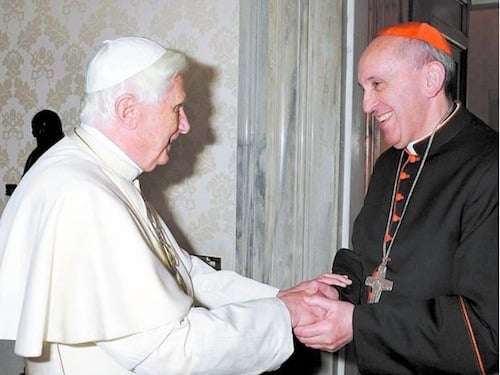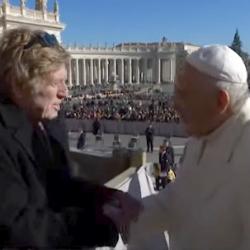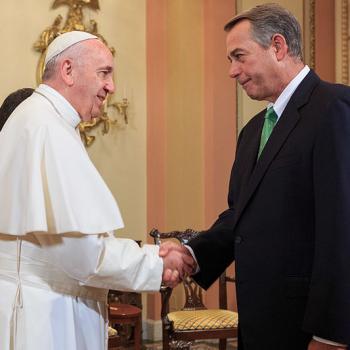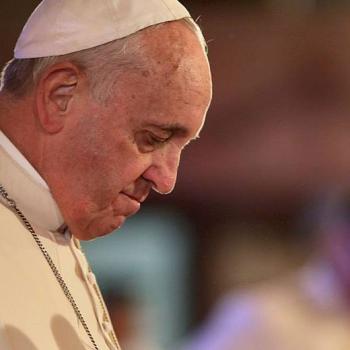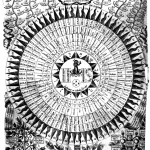Pope Francis this morning addressed diplomats from nearly 200 countries—and John Allen notes a theme that is strikingly similar to his predecessor’s:
For those tempted to draw an overly sharp distinction between Pope Francis and his predecessor, the new pope offered a clear reminder today that he may have a different style than Benedict XVI, but on substance he’s cut from much the same cloth.
In a speech to the diplomatic corps accredited to the Holy See today, Francis lamented not only the material poverty of the early 21st century but also its “spiritual poverty,” meaning a rejection of God and objective standards of morality.
In that regard, Francis quoted Benedict’s famous critique of a post-modern “dictatorship of relativism,” delivered during a homily for the Mass in 2005 that opened the conclave that elected him pope.
(In its English translation of the pope’s remarks, the Vatican actually rendered the term as “tyranny,” but the idea is the same. Francis said it “afflicts the so-called richer countries particularly seriously.”)
The message seemed clear: Pope Francis will try to live up to his namesake, Francis of Assisi, as man of the poor and of peace, but that doesn’t signal any retreat from the moral and cultural positions associated with the papacies of John Paul II and Benedict XVI.
“There is no peace without truth!” Francis told the diplomats.
“There cannot be true peace if everyone is his own criterion, if everyone can always claim exclusively his own rights, without at the same time caring for the good of others, of everyone, on the basis of the nature that unites every human being on this earth.”
Read the full text of Francis’ remarks.
Meantime, speaking of truth: Elizabeth Scalia has some sage thoughts about some particularly bitchy online gossip regarding Franciscan fashion:
I don’t much care whether the pope wears red shoes or black. I’m a girl who ones one pair of shoes, and they’re crocs, so I clearly think a man should wear what is comfortable, for him. Like Pope Francis, I am not impressed with lace, prefer a pithier liturgy and don’t care whether a pope wears black pants that peak through his white robes, or whether or not he appears with a mozzetta on his shoulders or a warm camauro on his chilly, grey or balding, head — the deposit of faith does not rest on papal trappings. I have no issue with the fancier vestments, which recall Christ’s Kingship or the simpler ones that recall his Humanity — it’s all valid; it’s all good and it all has its time and place. But I care deeply when people who should know better, in both mainstream and church venues, ignore what is meaningful within those trappings, in order to foment division, because for them division is always more interesting than unity.
I’m weary of the non-stop chatter we’ve seen about papal vestments, which have never been about the man, but about the Office;
“Amen, amen, I say to you, when you were younger, you used to dress yourself and go where you wanted; but when you grow old, you will stretch out your hands, and someone else will dress you and lead you where you do not want to go.”
Every Peter is led where he does not want to go and faces the upending crucifixions, real or metaphorical, of a world disoriented. Whether he follows the Lord in symbolic red shoes that pinch and hurt his feet (and possibly contributed to a bad fall) or in comfortable black shoes meant to travel the meaner streets in search of sheep, the job is hard; the trappings are accepted or rejected as suits the work he is understaking and he deserves better from his “princes” and his clerics than the spreading of malicious fantasies that only serve to shrivel, not to enlarge, the heart of the church.
Amen. Read it all. She has a lot more to say on the subject of footwear, fashion and clerical cattiness.

